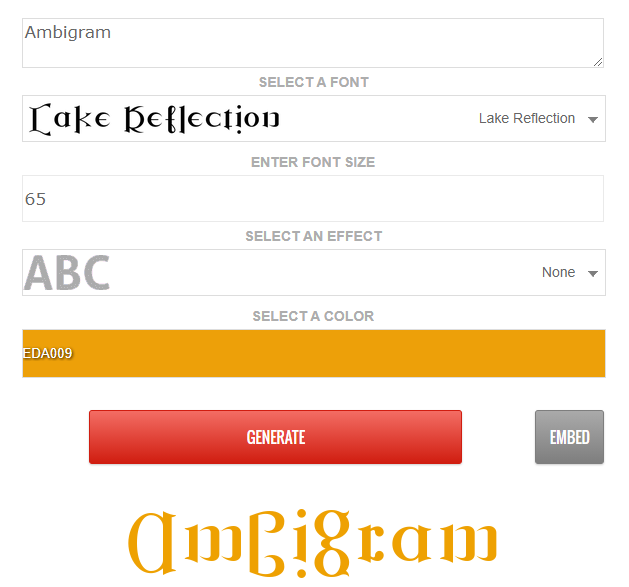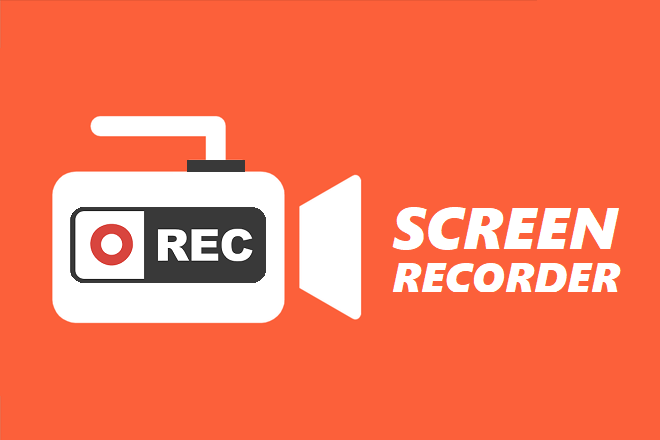In an age where communication is instantaneous and expectations for service are at an all-time high, businesses must find ways to streamline their interactions with customers. One of the most effective solutions that has emerged is automated texting.
This guide aims to provide a comprehensive understanding of automated texting, its benefits, how to set it up, the various types of messages you can send, and strategies for utilizing this powerful communication tool effectively.
What is Automated texting?
Automated texting refers to the use of software to send pre-scheduled or triggered text messages to customers or clients without manual intervention. This technology allows businesses to maintain consistent communication with their audience, providing timely information and enhancing customer engagement. As consumer behavior continues to shift towards a preference for digital communication, understanding how to leverage automated texting is essential for any business looking to thrive in today’s competitive landscape.
Benefits of Automated Texting
Enhancing Customer Experience
One of the primary benefits of automated texting is its ability to enhance the customer experience. Customers today expect quick responses and timely updates. Automated texts can provide immediate answers to common queries, notify customers about order statuses, and remind them of appointments. By ensuring that customers receive prompt communication, businesses can foster a positive relationship, leading to increased loyalty and satisfaction.
Boosting Sales and Revenue
Automated texting can also significantly impact a business’s bottom line. By sending promotional messages, businesses can reach a wider audience and encourage sales. For instance, businesses can send exclusive offers or discounts via text, enticing customers to make a purchase. Additionally, automated reminders for abandoned carts can help bring customers back to complete their transactions, effectively boosting sales.
Efficiency and Time-Saving
Automated texting can save businesses both time and resources. Instead of having staff members manually send messages, automated systems can handle this task efficiently. This not only reduces the workload for employees but also allows them to focus on more complex tasks that require human intervention. By automating routine communication, businesses can operate more efficiently and improve overall productivity.
Setting Up Automated Texting
Choosing the Right Software
The first step in implementing automated texting is selecting the right software. There are numerous platforms available, each offering different features and capabilities. When choosing a software solution, consider factors such as ease of use, integration with existing systems, scalability, and customer support. Popular platforms include Twilio, TextMagic, and SimpleTexting, among others.
Step-by-Step Setup Process
- Create an Account: Start by signing up for an account with your chosen automated texting platform.
- Import Contacts: Upload your customer list or integrate your CRM system to gather contacts.
- Craft Your Messages: Write the text messages you want to send, ensuring they are clear, concise, and engaging.
- Set Triggers and Timings: Define the criteria for when messages should be sent. This could be based on customer behavior, specific dates, or other events.
- Test Your System: Before launching your automated texting campaign, conduct tests to ensure messages are sent as intended and that there are no technical issues.
- Launch Your Campaign: Once everything is in place, you can officially start sending automated texts to your customers.
Compliance and Best Practices
When implementing automated texting, it’s essential to adhere to legal regulations, such as the Telephone Consumer Protection Act (TCPA) in the United States. This includes obtaining explicit consent from recipients before sending marketing messages and providing an easy opt-out option.
Types of Automated Text Messages
Automated texting can be categorized into several types based on the message’s purpose.
Promotional Messages
Promotional messages are designed to inform customers about special offers, discounts, or new products. For example, a retail store might send a text offering a 20% discount for a limited time. These messages should be compelling and include a clear call to action to encourage recipients to take advantage of the offer.
Transactional Messages
Transactional messages are typically triggered by specific actions taken by customers, such as making a purchase or scheduling an appointment. These messages can include order confirmations, shipping notifications, appointment reminders, or payment confirmations. They are crucial for keeping customers informed and engaged throughout their journey.
Customer Engagement
Automated texts can also be used to engage customers and gather feedback. Sending surveys or asking for reviews after a purchase can provide valuable insights into customer satisfaction. These messages can be automated to be sent shortly after a transaction to maximize response rates.
Strategies for Effective Automated Texting
Personalization Techniques
Personalization is key to successful automated texting. Customers are more likely to engage with messages that feel tailored to them. Use customer data to personalize messages, such as including the recipient’s name or referencing past purchases. This simple touch can significantly improve response rates and customer satisfaction.
Timing and Frequency
Finding the right timing and frequency for sending automated texts is crucial. Messages sent at inappropriate times (like late at night) can annoy customers and lead to opt-outs. Similarly, bombarding customers with too many messages can have the same effect. Analyze your audience’s behavior to determine the best times to send messages and establish a consistent but not overwhelming frequency.
Monitoring and Analytics
To gauge the effectiveness of your automated texting campaigns, it’s essential to monitor performance metrics. Most texting platforms provide analytics tools that allow you to track open rates, click-through rates, and customer responses. Use this data to refine your messaging strategy, identifying what works and what needs improvement.
Conclusion
Automated texting has revolutionized the way businesses communicate with their customers. By enhancing customer experience, boosting sales, and improving efficiency, it has become a vital tool for organizations looking to thrive in a digital world. By following the guidelines outlined in this article, businesses can effectively implement texting strategies that engage customers and drive growth.
As technology continues to evolve, staying ahead of the curve is essential. Embrace the power of automated texting and watch as your business transforms the way it connects with its audience. Whether you are a small business owner or part of a larger organization, utilizing automated texting can be a game-changer, fostering deeper customer relationships and propelling your business forward.






